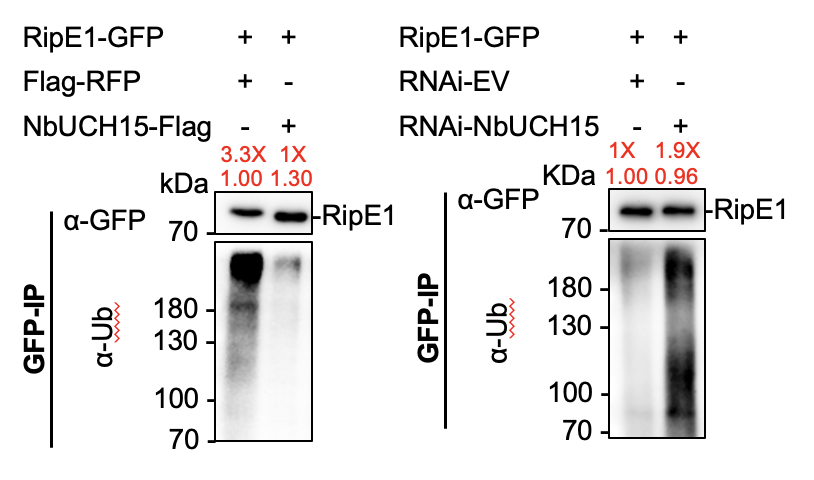
Alberto Macho
@AlbertoPMacho
Followers
2K
Following
2K
Media
66
Statuses
841
Scientist studying Plant-Pathogen Interactions. Scuba diving. Hiking. Football. Photography. @albertopmacho.bsky.social
Shanghai, China
Joined November 2010
RT @CSIC: 📜 El #CSIC firma dos memorándums de entendimiento con la @CAS__Science . 🏛️ Ambas instituciones promoverán la cooperación científ….
0
7
0
RT @IHSM_CSIC_UMA: 📋 New paper from our researchers Carmen Beuzón, Javier Ruiz-Albert, Nieves López-Pagán and José Rufián!. Published at @N….
0
13
0
RT @Yasu0407: Proud to share our must-read preprint, where we unveil a novel MAMP-immune receptor pair and pioneer the design of synthetic….
0
26
0
RT @GangYuPlant: We are glad to write a spotlight on this interesting work " Non-adapted bacterial infection suppre….
0
2
0
RT @simonmaechling: Humans have been modifying crops for thousands of years. We shouldn’t fear genetic engineering. It is simply an exten….
0
46
0
Our most recent work is online @PLOSPathogens . A bacterial type III effector hijacks plant ubiquitin proteases to evade degradation. By Wenjia Yu, Meng Li, et al. 1/5 👇🏼.
3
21
68
RT @simonmaechling: Bad policies destroy nations. In 2021, Sri Lanka banned synthetic fertilizers and pesticides overnight - forcing the c….
0
445
0
RT @Yasu0407: Excited to share our new publication on a novel MAMP peptide conserved across nematodes, insects, and fungal pathogens, along….
0
52
0







